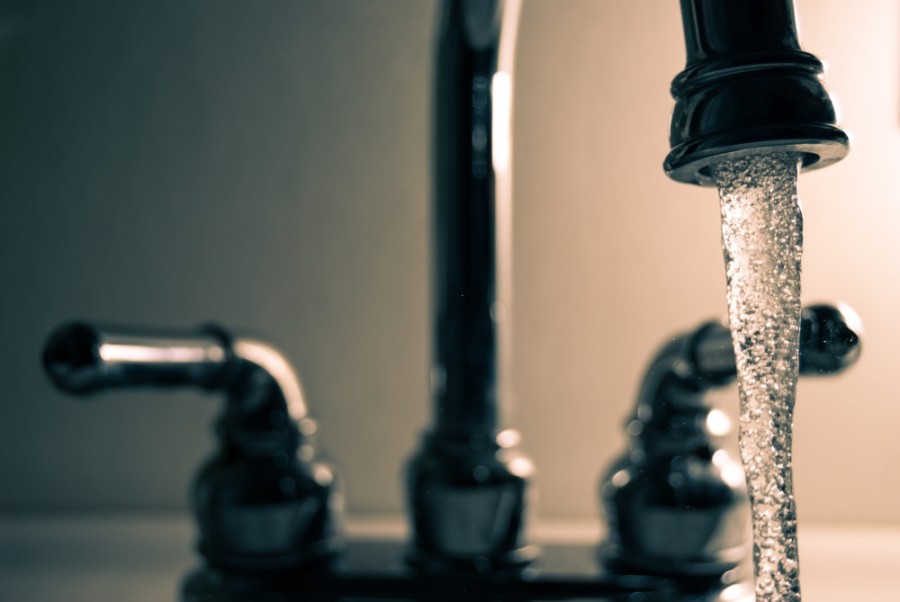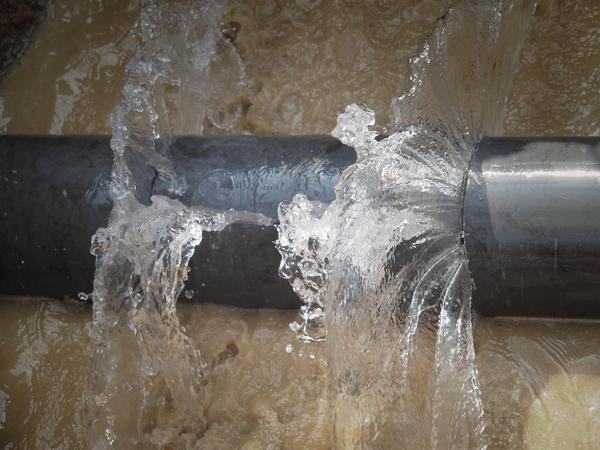Just how do you feel on the subject of How to install a dishwasher safely?

A burst pipe is a significant emergency; you can just stand as you enjoy water you pay a lot to rejoin with the planet. In worse cases, you notice a pool on your kitchen floor, which is a terrific trip risk, particularly if you have kids around. If the pipe that burst was in your walls, problem: you may need to repaint that entire section.
How can a disaster like a burst pipe be avoided and managed? Well, by paying attention to your specialist emergency plumbing technicians as well as complying with these policies.
Exactly how do I understand when my pipes have burst?
Fluctuating water pressures
Pipelines do not simply burst in a day. You may have discovered that your kitchen tap or shower does not run quickly when you transform the tap. It may pause for a couple of seconds and then blast you with even more pressure than normal.
In other circumstances, the water might appear typical at first, then decrease in stress after a few seconds.
Damp wall surfaces as well as water stains
Prior to a pipeline bursts, it will leakage, a lot of times. If this persistent leaking goes undetected, the leakage may graduate right into a large gouge in your pipe. One very easy method to avoid this emergency is to look out for damp walls ad water discolorations. These water spots will lead you right to the leakage.
Puddles under pipelines as well as sinks
When a pipe ruptureds, the discharge develops a puddle. It might show up that the puddle is expanding in dimension, and despite the number of times you mop the pool, in a couple of minutes, there's an additional one waiting to be cleaned up. Usually, you might not be able to map the puddle to any kind of noticeable pipes. This is an indicator to call a professional plumber.
Untraceable trickling noises
Pipeline bursts can take place in the most undesirable locations, like within concrete, inside walls, or under sinks. When your house goes silent, you might have the ability to hear an annoyingly consistent trickling noise. Also after you've checked your shower head as well as kitchen faucet, the dripping might continue.
Precious reader, the leaking may be originating from a pipeline inside your walls. There isn't much you can do concerning that, except inform an expert plumber.
Turn off the Water
When water ices up, it broadens in quantity by regarding 9 percent. And it broadens with tremendous force: The stress inside pipes might go from 40 pounds per square inch to 40,000 psi! No pipe can hold that much stress, so it breaks open. The break might occur where the ice types, however more frequently, it takes place where water pressure discovers a weak point in the pipe. That might be inches or perhaps feet from the frozen location. Locate the water shutoff valve and shut off the water to prevent more damages. You could also require to shut off the electrical energy too, depending on where the leaks happens and also just how big it is.
Polluted water
Many individuals think a burst pipe is a one-way electrical outlet. Rather the contrary. As water spurts of the hole or laceration in your plumbing system, impurities find their method.
Your water might be contaminated from the resource, so if you can, examine if your water storage tank has any kind of troubles. However, if your drinking water is supplied as well as cleansed by the local government, you should call your plumber instantly if you see or smell anything funny in your water.
What do I do when I identify a ruptured pipeline?
Your water meter will continue to run even while your water wastes. To lessen your losses, discover the major controls and also transform the supply off. The water pipe are an above-ground structure at the edge of your home.
How to Fix & Detect a Leaking Pipe
How Do I Know if a Pipe is Leaking?
Leak detection tests can help you determine if your pipe has a leak. Even if you don’t see an apparent leak, you should still conduct leak detection tests regularly to save water and money—and prevent major damage to your home.
Water meter. It can be helpful to figure out what your usual water meter usage numbers are and then monitor them regularly. To monitor your meter, first, turn off all water faucets in your home. Check the meter and write down the numbers. In a few hours, check the meter again. If the numbers have changed, you have a leak. Water gauge. Use a water gauge to test your water pressure. Your showerhead should produce a certain amount of water pressure based on its model and design. If the pressure is lower than it is supposed to be for that specific showerhead, your home likely has a leak. Puddles. Look inside your bathroom, laundry, and kitchen sink cabinets. Puddles around the cabinets or around toilets, tubs, showers, and washing machines indicate the presence of a leaking pipe. You may also notice loose tiles, peeling or flaking paint, or mold caused by water accumulation. Napkin test. Even if you don’t see any puddles, you may still have a leak. You can test for water leaks in the bathroom, laundry, and kitchen by wiping below-sink connections with a napkin, paper towel, or piece of toilet paper. If it becomes damp, you probably have a leaking pipe under the sink. Discolored walls. Walls that are discolored—usually with brown or yellow stains—or bulging might mean that they have been impacted by water damage caused by a leaking pipe. Smell. A leaky pipe will create sitting water, and over time, that water may develop a musty smell. If your home smells musty, but you can’t locate the source, it may be due to a leak. Steps for Fixing a Leaking Pipe
A leaky drain can be remedied by tightening the pipe base, replacing the drain seal, caulking the rim, and tightening the pipe nut. Similarly, a leaking toilet pipe can be treated by tightening the packing nut. You may also need to replace the valve. A leaky faucet may just need tightening or replacement of the washers. If that doesn’t work, consider replacing your faucet. If your pipe has a hole in it, you may want to use a pipe leak sealer or pipe leak tape. This quick fix for water pipe leaks can also temporarily fix a copper pipe leak. https://www.ahs.com/home-matters/quick-tips/how-to-tell-if-pipes-are-leaking/

Do you appreciate reading up on What to Know Before Installing a Dishwasher? Post a comment down below. We would be delighted to hear your reactions about this entry. Hoping that you come back again in the future. I beg you take the opportunity to distribute this blog post if you enjoyed it. Bless you for your time. Don't forget to come visit our site back soon.
Request Free Estimate